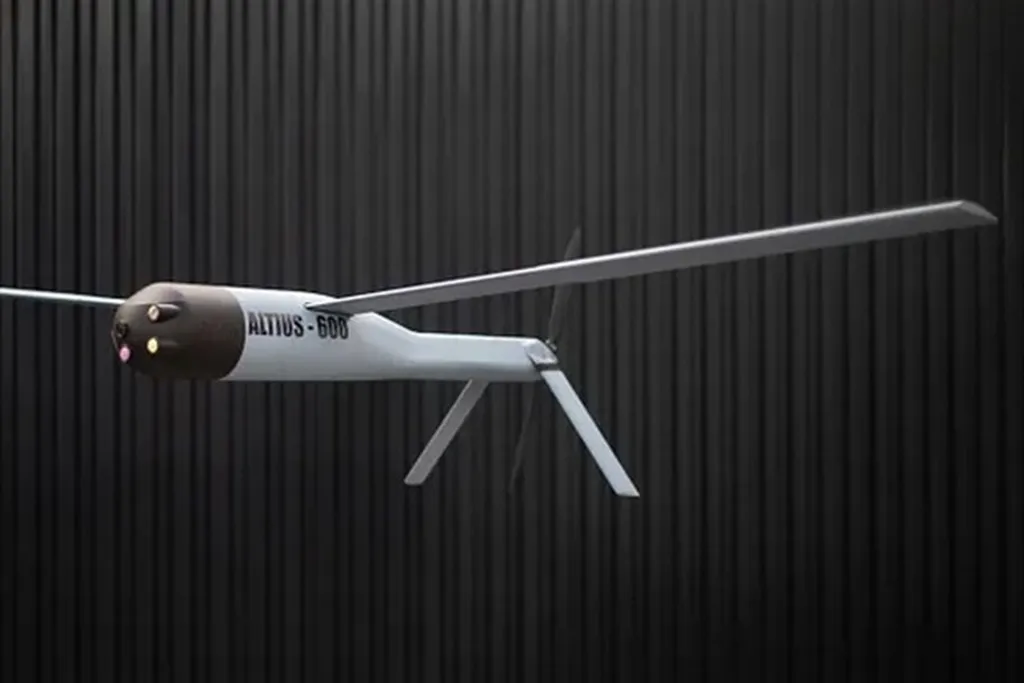Palmer Luckey, the billionaire founder of Anduril, delivered a stark message to Taiwan’s next generation of engineers: their democracy’s survival in the face of China’s growing threat may hinge on their technological prowess. Speaking at Taiwan’s Artificial Intelligence Academy, Luckey underscored the urgency for Taiwan to spearhead its own defence technology revolution, drawing parallels with Ukraine’s success in leveraging small firms to produce thousands of combat and surveillance drones.
Luckey’s visit coincided with the opening of Anduril’s new office in Taiwan and the signing of a production deal with South Korea. He also announced the imminent delivery of Anduril’s Altius “loitering munitions” to the island within six months of contract finalisation. This move highlights how unmanned systems and AI-driven technologies are reshaping the defence sector, often bypassing the traditional delays and cost overruns associated with conventional military procurement.
Anduril’s aggressive expansion includes the construction of its “Arsenal-One” facility in Ohio, set to begin production by early 2026, and the acquisition of a Mississippi plant for solid rocket motor production. These developments signal a shift in the defence landscape, where new entrants like Anduril are challenging established firms such as Northrop Grumman and Finland’s Nammo.
The rapid evolution of unmanned systems is not without its challenges. Recent U.S. Army drone tests in Alaska and naval trials revealed performance issues, underscoring the complexities of integrating these technologies into military operations. Despite these hurdles, unmanned systems are becoming central to U.S. and allied strategic planning, particularly in deterring potential conflicts in Europe and the Indo-Pacific.
Lieutenant General Christopher Donahue, the new head of the U.S. Army in Europe, emphasised that manned systems would increasingly rely on unmanned support to engage enemy forces. Admiral Sam Paparo, U.S. Indo-Pacific commander, outlined plans to create a “hellscape” in the Taiwan Strait using unmanned systems to thwart a Chinese invasion. These strategies align with the Pentagon’s REPLICATOR project, launched in 2024 to accelerate the mass-production of unmanned systems.
The defence technology sector is experiencing unprecedented growth, with venture capital investments surging. Anduril’s recent funding round raised $2.5 billion, valuing the company at over $30 billion. Palantir, another defence tech giant, has seen its valuation soar to over $250 billion, driven by its pivotal role in AI-driven military applications. However, Palantir’s recent market volatility highlights the risks and uncertainties in this rapidly evolving sector.
As the defence industry gears up for major arms fairs in London, Hamburg, and Washington D.C., the competition among established primes, new tech giants, and smaller firms will intensify. The question remains: which of these entities will thrive, and how will the balance of power shift in the defence technology landscape?
Luckey’s call to action in Taiwan serves as a reminder that the future of defence lies not just in the hands of traditional military powers but in the innovative capabilities of a new generation of engineers and entrepreneurs. The race to develop and deploy cutting-edge defence technologies is on, and the stakes could not be higher.

